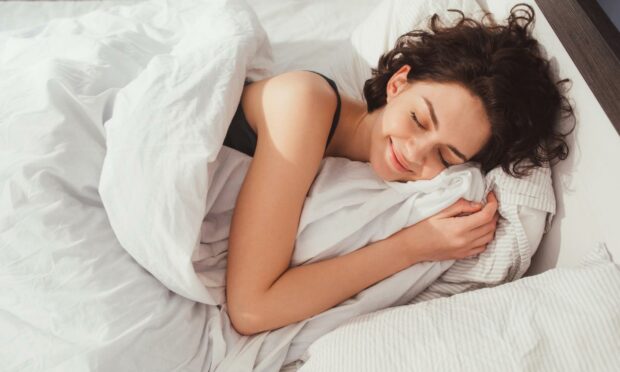When counting sheep and chamomile tea don’t work for you – here are some tips recommended for achieving those coveted eight hours of sleep.
Most adults need between six and nine hours of sleep every night, and with lettuce water debunked, many will be sent back to the drawing board disappointed.
However, the NHS has provided four key tips to help to get to bed.
1. Sleep at regular times
By having regular sleeping hours, the brain and internal body clock to get used to a set routine.
Try and wake up at the same time every day. Don’t try to catch up on sleep after a bad night, doing so on a regular basis can also disrupt your sleep routine.
2. Wind-down
Winding down is a critical stage in preparing for bed.
Some ways to relax include having a warm bath (not too hot), writing a “to-do” list for the next day to organise thoughts, light yoga and stretches, or using media like relaxation CDs or apps designed to help you sleep better.
Avoid using smartphones or other electronic devices for an hour or so before bed. The light from the screen on these devices may have a negative effect on sleep.
You should also contact your GP if you have insomnia that lasts for more than four weeks.
3. Make your bedroom ‘sleep friendly’
Your bedroom should be a relaxing environment. Experts claim there’s a strong association in people’s minds between sleep and the bedroom.
However, certain things weaken that association, such as TVs, electronic gadgets, light, noise and a bad mattress or bed.
Your bedroom ideally needs to be dark, quiet, tidy and be kept at a temperature of between 18C and 24C.
Fit some thick curtains if you do not have any.
4. Keep a sleep diary
Keeping a sleep diary may uncover lifestyle habits or daily activities that contribute to your sleeplessness.
If you see your GP or a sleep expert they will probably ask you to keep a sleep diary to help them diagnose your sleep problems.
A sleep diary can also reveal underlying conditions that explain your insomnia, such as stress or medicine.
Beetroot for better sleep?
A study published in renowned journal Nature And Science Of Sleep found that when COPD patients drank concentrated beetroot juice at bedtime, their overnight sleep quality improved and the duration of deep sleep was increased.
Just before bedtime, patients were given a single shot of concentrated beetroot juice with nitrate one night and without nitrate another night.
While the patients slept, they were connected to measuring equipment that records electrical impulses in the brain, oxygen saturation in the blood and other sleep data.
Click here to read more on how to help your children get the best sleep.
